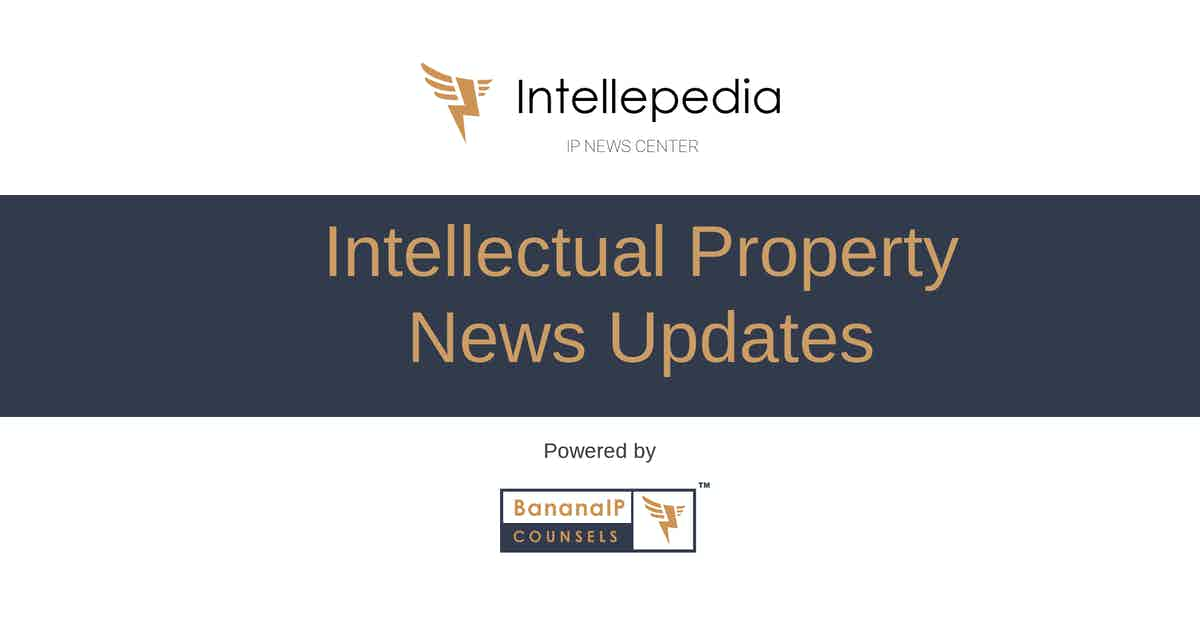In furtherance to my recent post on patent trolls or the Non Practicing Entities (NPEs), I would like to discuss here in this post about how software technology is becoming a treasure trove for patent trolls. Cloud based business products are one of the major business fields today. Software-oriented platforms such as C (SaaS) providers are primary targets for the patent trolls.
General observation indicates that in the area of software patents the patents are much broader. In several instance, patents that ideally did not deserve to be granted have been granted. Software patents generally protect the method rather than the code of the technology itself. Thus, encapsulating those ideas in a sufficiently specific definition proves tricky for some patent officers and sometimes a broadly claimed method may pass through the filters of patent grant and eventually get granted. Difficulty in defining software technology patents leads to overlapping claims and an area of complexity that works in favour of the patent trolls. If such patents with overlapping claims get granted, the question of who owns the intellectual property for these overlapping claims becomes imperative. The complexity of software methods could be one of the reasons for overlapping claims. For example, in cloud based software products, there are a lot of layers to the cloud, and thus a lot of large existing patent holders in the cloud. Further, the way cloud providers carry out business also complicates matters. Layers of partnership in service provisioning can make providers liable to claims of infringement even if they are not directly involved.
Claims for some patents are written in such a way that the cloud provider and the end user together infringe it, and it is here in such an instance that the questions and debates on divided infringement or induced infringement tend to crop up. Divided infringement or joint infringement can occur when a claim involves multiple steps with at least two entities or actors involved. Joint infringement is another tool used by the patent trolls to pull both software service providers and end users into patent lawsuits. One way to reduce the broad claims in patents relating to software technology is to follow the approach of only allowing software patents with narrow claims and whose scope can be clearly defined.
In the light of the decision of the US Supreme Court in Limelight Networks, Inc. v. Akamai Techs., Inc., 134 S. Ct. 2111 (2014) , patent trolls might find it difficult to claim joint infringement. The US Supreme Court in 2014 held that there could be no liability for induced infringement of a patented method when there is no direct infringer in a case where the steps of the method are carried out by separate actors.
The topic of divided infringement or joint infringement or induced infringement is another interesting topic and will be taken up in one of the successive posts.
Authored by Sanjeevani Patil.
Contributed by Electronics, Software and Telecommunications team of BananaIP, India
For further information on Electronics, Software and Telecommunications Patent law in India, write to [email protected]
References: here



